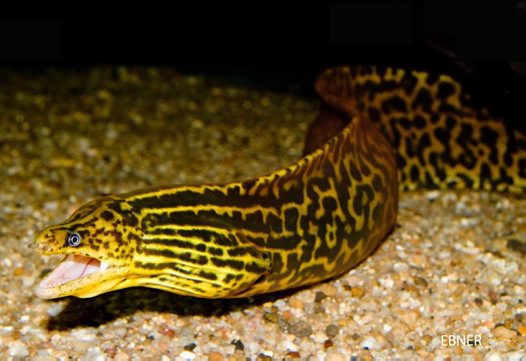From my own experiences owning a keelback, while it looks awesome with the snake and fish in the same tank, the snake always ends up eating the fish. If you don't mind that happening then go for it, just make sure to chose fish that would be safe for the snake to eat. Only way you'd probably get away with it is if the fish were large enough the snake does not see them as food, but not large enough that they could damage the snake in any way. Tiny fish can last for a while as well, but even in complex aquariums the snake typically ends up getting them in the end. With keelbacks it's really not a matter of if they will eat the fish, its a matter of when.
From the sounds of the sort of tank that you're aiming for a keelback is probably the best choice for you. If given the option they can and do climb pretty well, but most of the time they're either on the ground or swimming. For mine I would say a decent 70 plus % of his time is spent in the water. They aren't inherently difficult snakes to keep, give them a hot spot, water and food and they're fine. Hardest part with them is that they start tiny, can have a flighty personality and that coupled with being rather fast when scared would make them a challenge for people without experience with snakes. They also aren't the easiest snakes to come across for sale and there is not much around detailing their captive management. Ben Moore did a good article though in a scales and tails issue a couple of years a go and Scott Eipper's book "A complete guide to Australian snakes, elapid and colubrids" has an excellent section on them as well. Both of these sources of information potentially may be a bit of a challenge to track down though.
There are other species though for you to look into. A Macleay's water snake (Pseudoferania polyepis) or either of the file snakes (Acrochordus sp.) are other options for this style set up and are all interesting snakes in their own rights as they are predominantly aquatic. From what I've heard Macleay's do seem to like the availability of a branch to 'bask' on and get out of the water, but most of the time they're in the water. Again any of these species are going to be difficult to find for sale with little information out there on their care. That and these species may be more difficult animals to keep, but I don't have personal experience with any of them so I can't really comment.
Cheers, Cameron




